Elephant photography tips
Elephant photography tips
How to photograph elephants on safari

Table of Contents
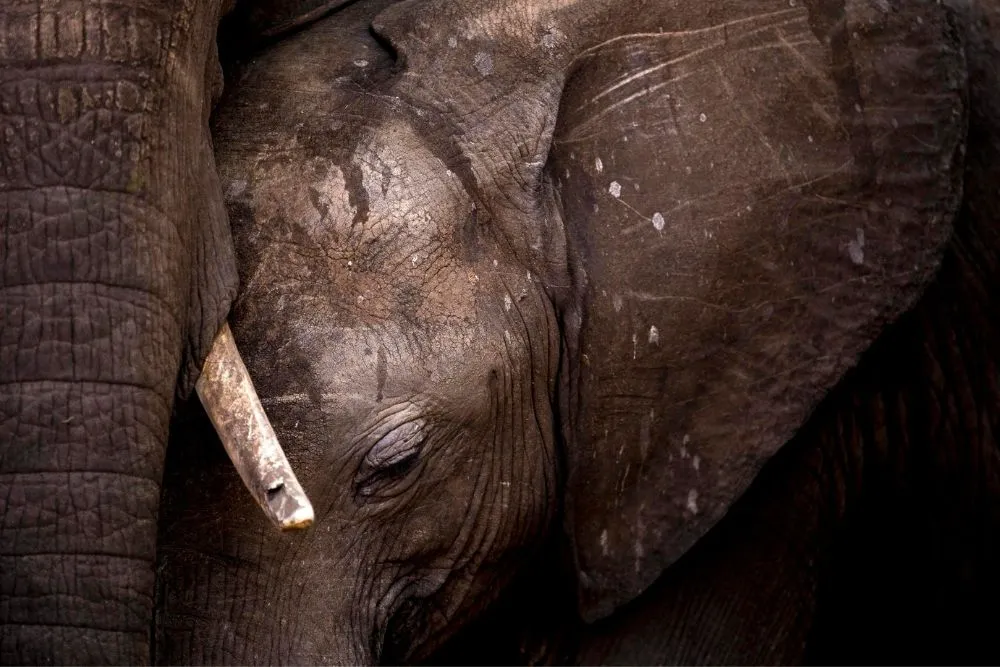
It’s no secret that elephants are one of our favourite animals to photograph whilst on safari here in the Chobe. In this blog, resident photo hosts Janine and Sabine share their wisdom about what to keep in mind when exploring elephant photography.
Did you know that Botswana is home to more elephants than any other African country? Additionally, 70% of the estimated remaining African elephants can be found in Southern Africa. These elephants are highly social creatures which makes for great wildlife photography.
Elephants move in groups called herds led by older, single female matriarchs. Another reason why we love to photograph elephants is because of how intelligent and emotional they are, each one has its own character and behaviours. This is not surprising as their brains are three to four times larger than the human brain!
Their fantastic characters are beautiful to watch but make it a little tricky to photograph in a single photograph so we’re here to give you our favourite tips and tricks for your next holiday.

Behaviour plays a huge role in capturing that unique photograph, whether they are taking a dust bath, moving through vast open spaces or like Sabine’s favourite, playing in the water here in the Chobe. Why the water? When they are splashing about, you can see how happy and relaxed they are! Throwing their trunks up in the air, pushing one another back and forth and even climbing on top of each other all make for artwork-style photos.
From a photographic perspective, these elephants make it really easy for you in the water because their behaviour is repetitive in nature – whether that’s playing with their family or herd or taking a moment to observe the views while they take a drink.
The African elephant also tends to have certain patterns to look out for so that way you can plan, predict and position yourself correctly. They make it easy, don’t they?
- First, they drink which is great for some close-up shots from the side catching the water and dripping from their mouth.
- From there, they go off into the water to play and cool off. In the Chobe, they also swim across to the other side of the river to get a taste of the fresh grass.
- After making their way out of the water it’s time for a mud bath and dusting! This really makes for amazing photos and even better prints.

We’ll talk a little more about techniques later on but it’s especially great when you have a clean bright background so that the mud stands out nicely. For the dust, Sabine prefers it when the scene is backlit by the sun. This gives the dust a shimmering look and makes it look golden.
Elephant trunks are a fantastic part of the elephant to photograph! Trunks and tusks can make for iconic prints around the world because they really have a modern look and feel to them.
Take a moment when photographing elephants to really look at different angles of their trunks – whether that’s them swimming in the water or in front of a beautiful background. Additionally, when it comes to tusks Sabine prefers a nice dark background to allow the white to really stand out on its own as an image. Depending on the angle of the herd or elephant it could create its own shadow to photograph when on land. Simply put, elephants are so diverse and have so many great elements to photograph that you could come to Africa time and time again and always find a new way to photograph them.
Here are some examples and maybe an idea or two for your next photographs out in the wild.
Textures are inspiring to every artist, and photography is no different. Whether you’re looking at the elephant’s skin, its eyelashes or its tail – there is beauty to be found and endless ways to frame this animal for an incredible collection of photographs.
Elephants have the most beautiful eyes and pictures of them make for beautiful artwork. Janine loves how they sparkle and reflect with gorgeous colour. The red tone makes for a powerful image when placed against the green backdrop of nature and trees.


Let’s talk about low-key images! This style of photograph really works great to isolate the details of the elephant itself – it also helps eliminate the distraction of a tree from the frame. The same could be said for high-key images too. For high key, if you would your subject in the shade or against a light source and a bright uniform background such as water or sky and then expose the elephant and then turn it into black and white in post-production. There you have it – your own piece of art that you can turn into modern prints for your family!

Sabine believes that the key for photographers to capture beautiful elephant photos is to understand the group dynamic of the family. They are such social animals and their behaviour can definitely account for what makes them so stunning to photograph. Here are some pictures that can inspire you for your next pictures of elephants in a group. If you need some ideas on post-production editing to really transform your pictures into art then check out our course here and don’t worry about the price! All courses on the site are free.
When two male elephants greet one another they will intertwine their trunks a bit like hugging, creating a lovely intimate portrait.

Similarly, a baby elephant in a breeding herd will receive comfort, protection and reassurance from its mother when she wraps her trunk around the baby elephant. The other way around too, when the calf is looking for reassurance out and about in the world, it will often lean itself against the mother’s leg.
It’s no surprise that both Janine and Sabine choose to photograph these youngsters whenever they can as they are considered highly photogenic across the continent. At a young age, these elephants love to play and chase each other around or browse around in the wild learning their way around their new planet.
You can always rely on an elephant for a beautiful photo opportunity as they are always doing something, whether they are on the search for water, eating food or playing – the opportunity is endless. And as we mentioned, the high key is great for the hash light midday brings around. More on that next!
Janine’s favourite time to photograph an elephant is late afternoon, the light becomes soft and allows for more art-like scenes. Combine this light with a bit of cloud and you just have the perfect backdrop for the world’s largest land mammal! What an incredible planet with these animals!
Sabine would like to remind her fellow photographers to zoom out and think of the bigger image here in Africa! You also want to take a moment and capture the scenery around you. So next time, choose to take a few different images at various zooms to diversify your photographs and make a great collection to show your family.
Just think, wider photos will give your prints so much more context when you relook at your image and search for where it was taken! The little details can also share so much about your photograph – the weather conditions, the type of day it was, the light – transforming the whole mood of photographs as an artist.

Keep in mind that in order to capture these scenes, you need to be at the right distance to the elephant when you’re using a wide-angle lens because if you’re too far away it doesn’t translate as well as a photograph. This takes a lot of trial and error and that be hard to accept but practice and patience will help you in your search for the perfect photograph!
Talking about different styles of photography, why not look at silhouettes? This could often be called the iconic African photograph when it comes to elephants. You need to be able to make sense of the big lump of black standing in front of you – so it is essential to try and get them well spaced out and from a nice low angle. The black elephant profile against the sky will be one for the collection – trust us!
Make sure you expose the sky, that way your elephant and foreground will be completely black. If you focus on the edge of the elephant where it meets the sky and the contrast is good and there you have it!
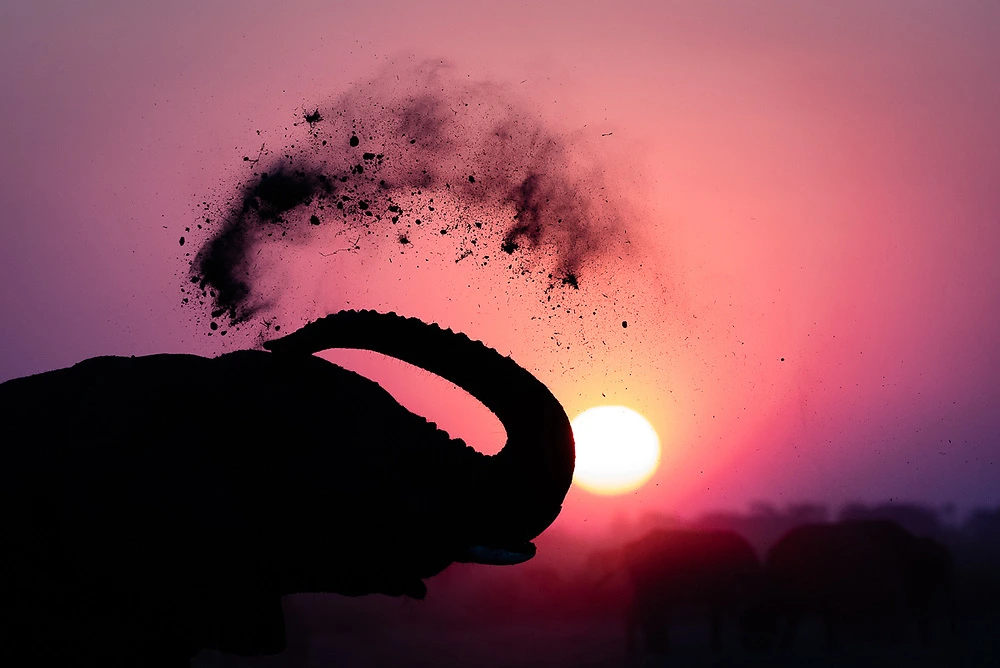
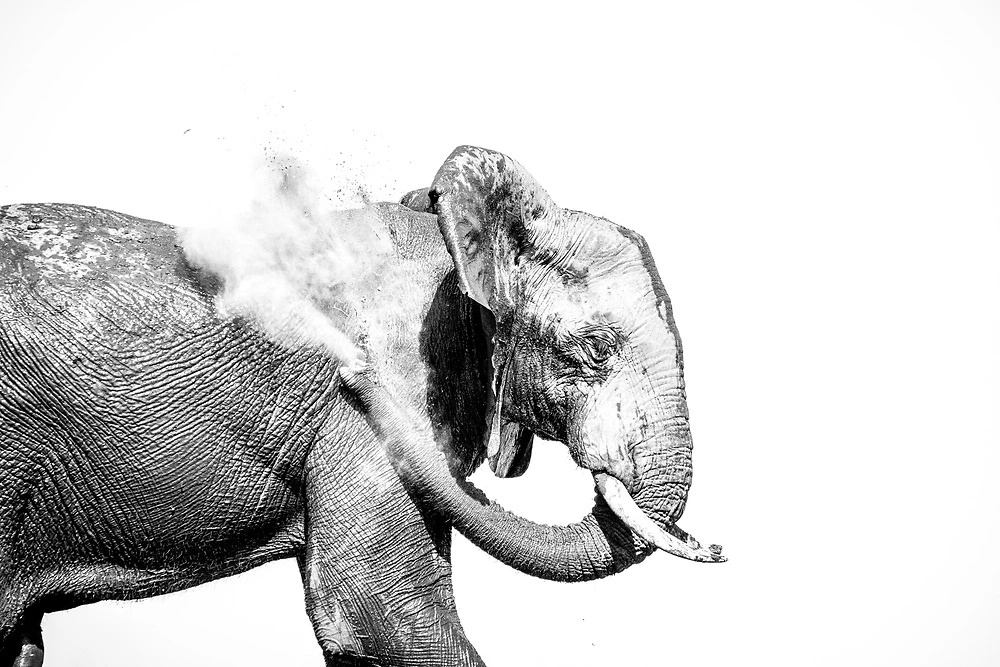
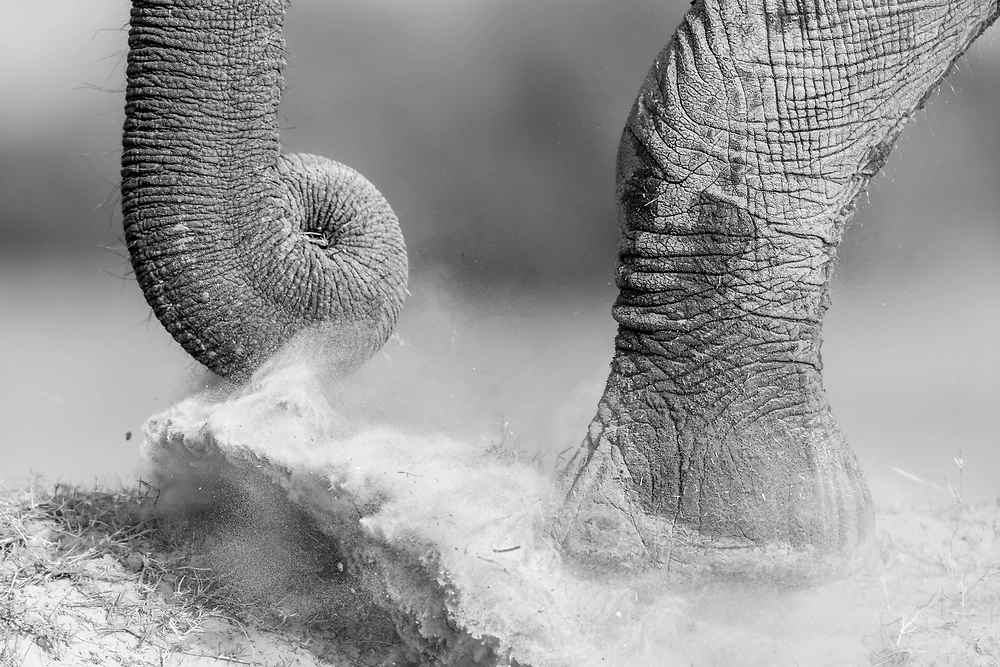
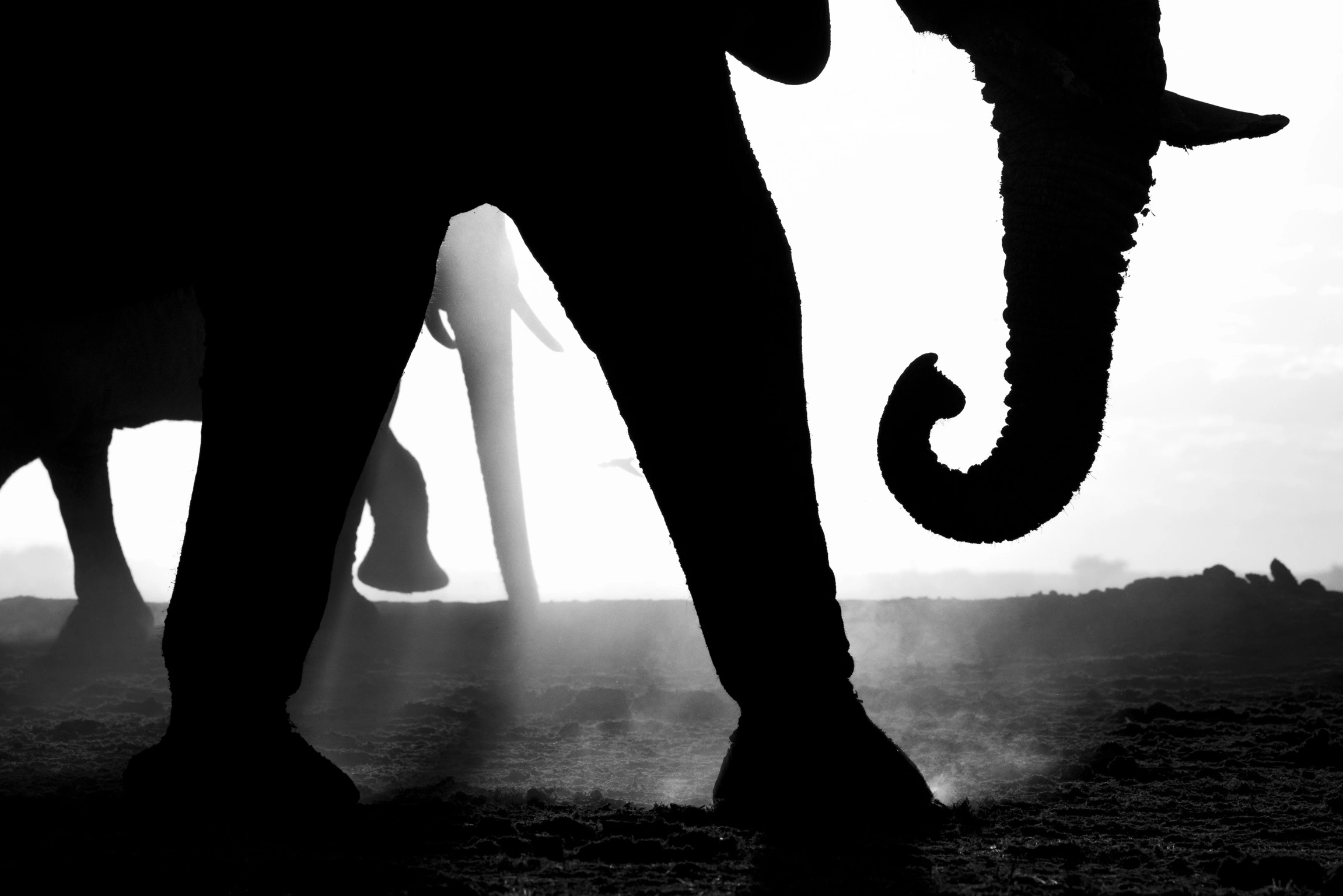
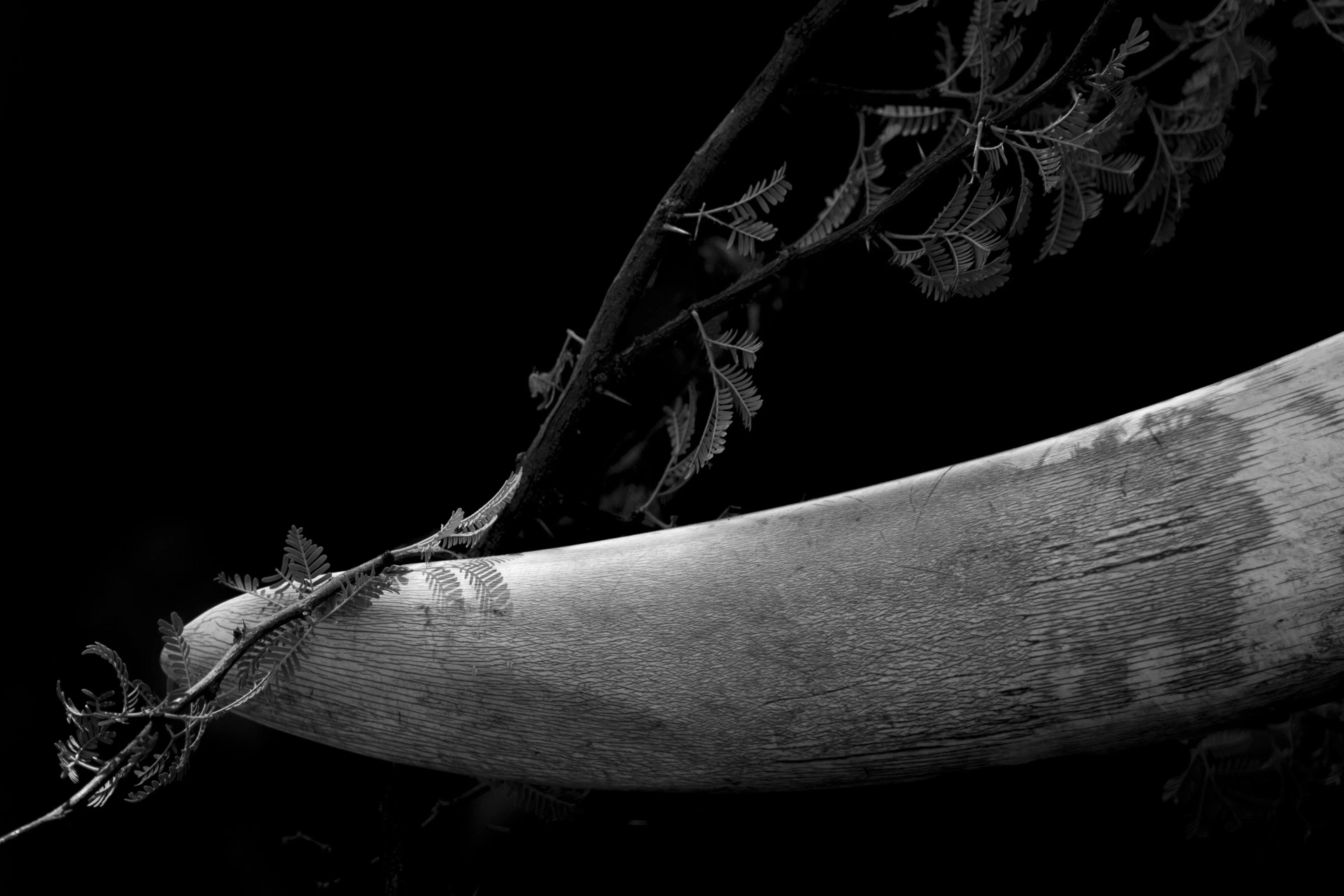
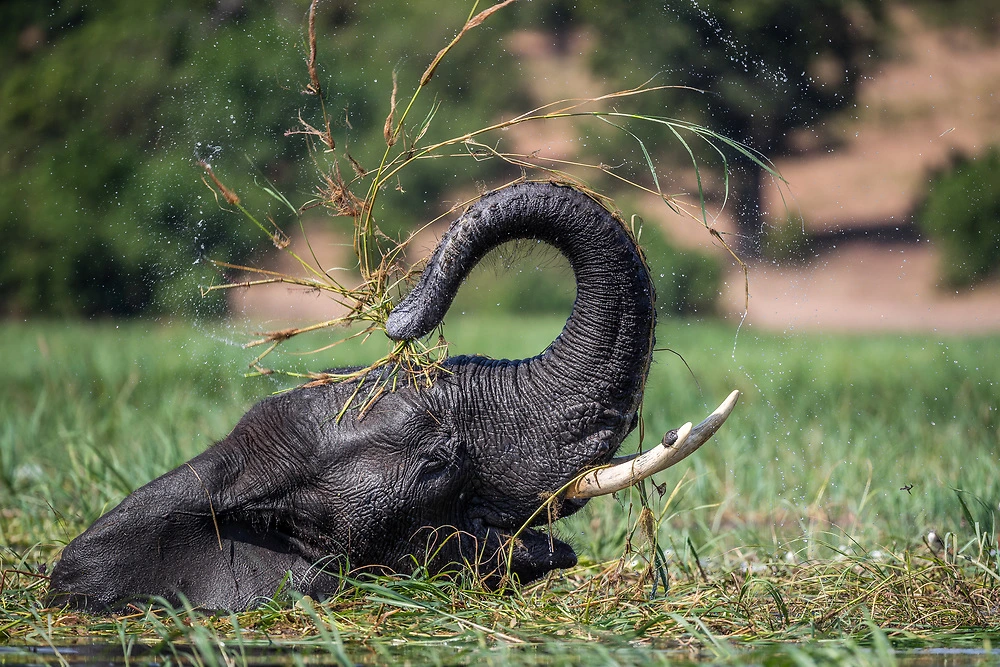
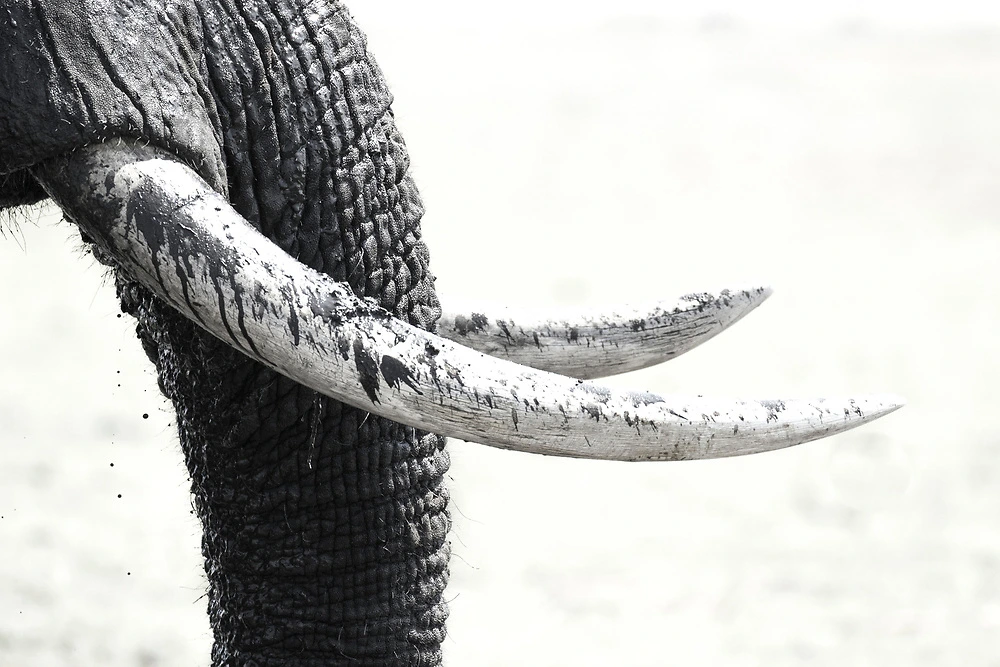
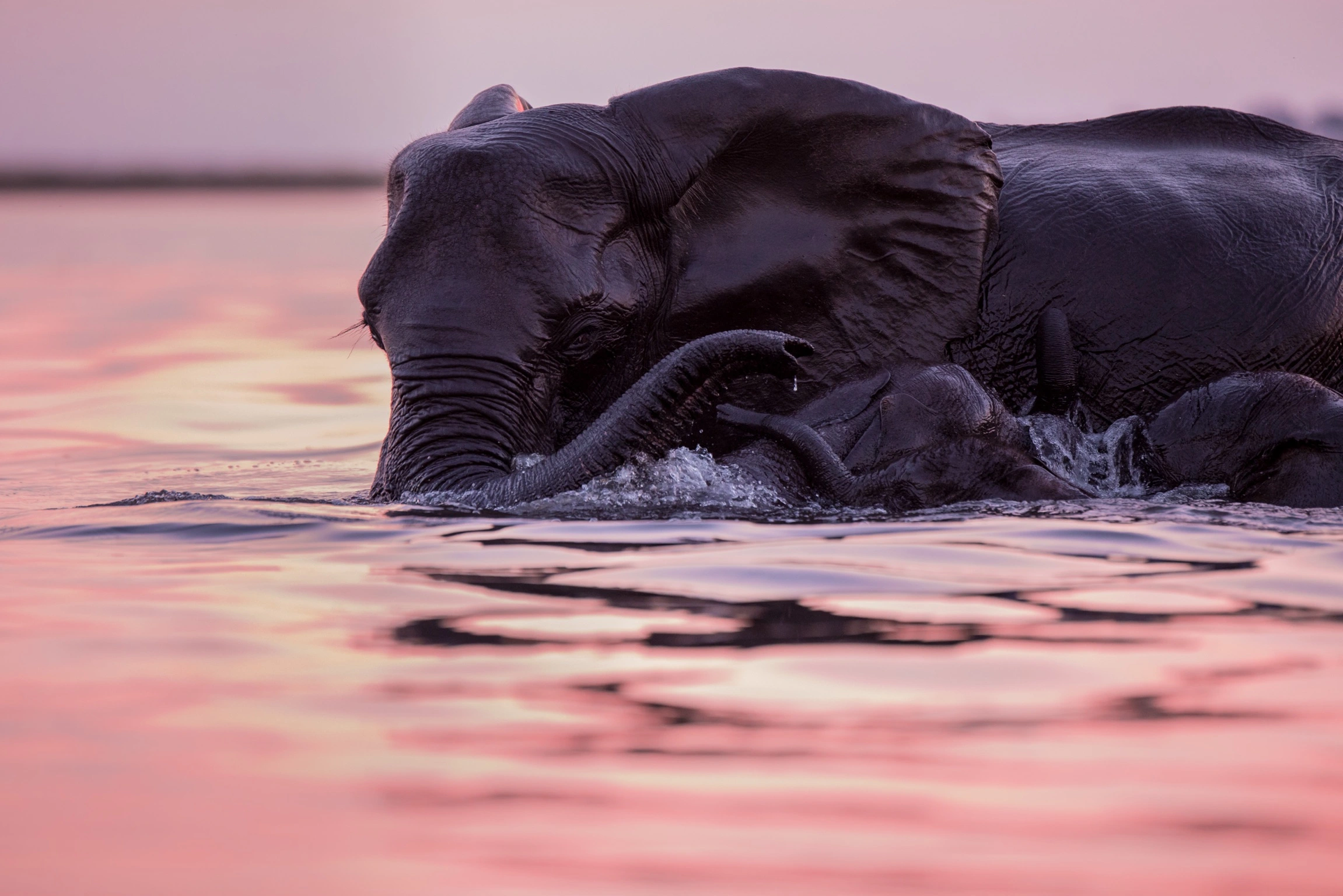
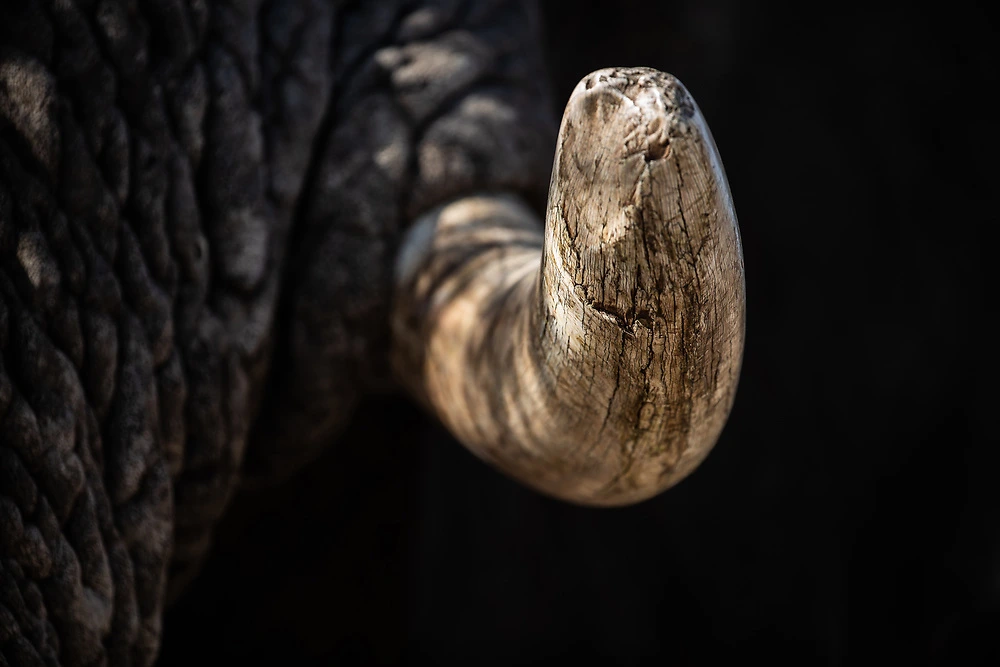
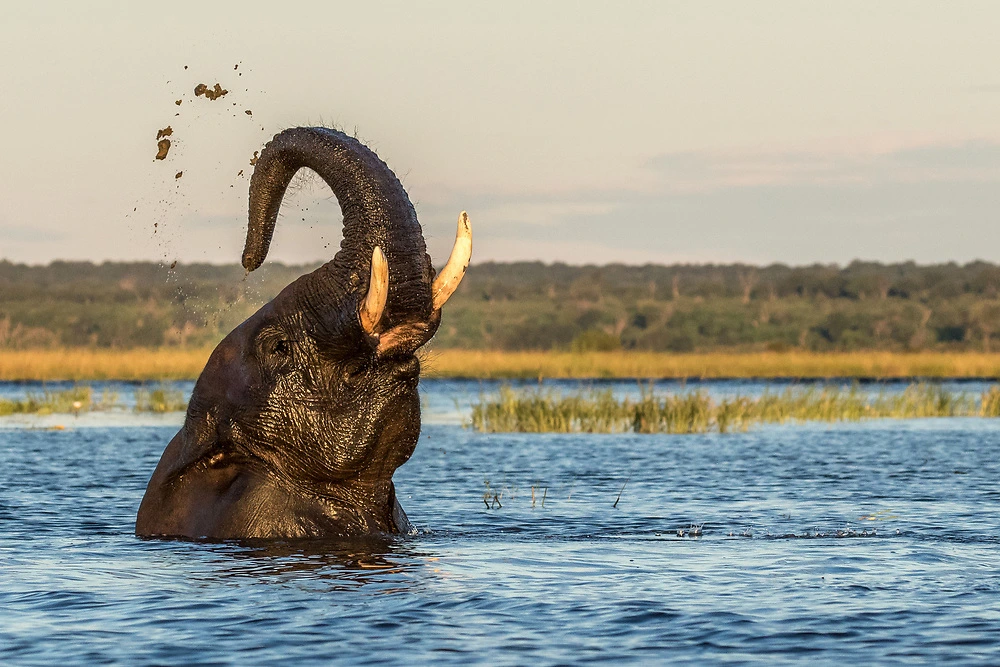
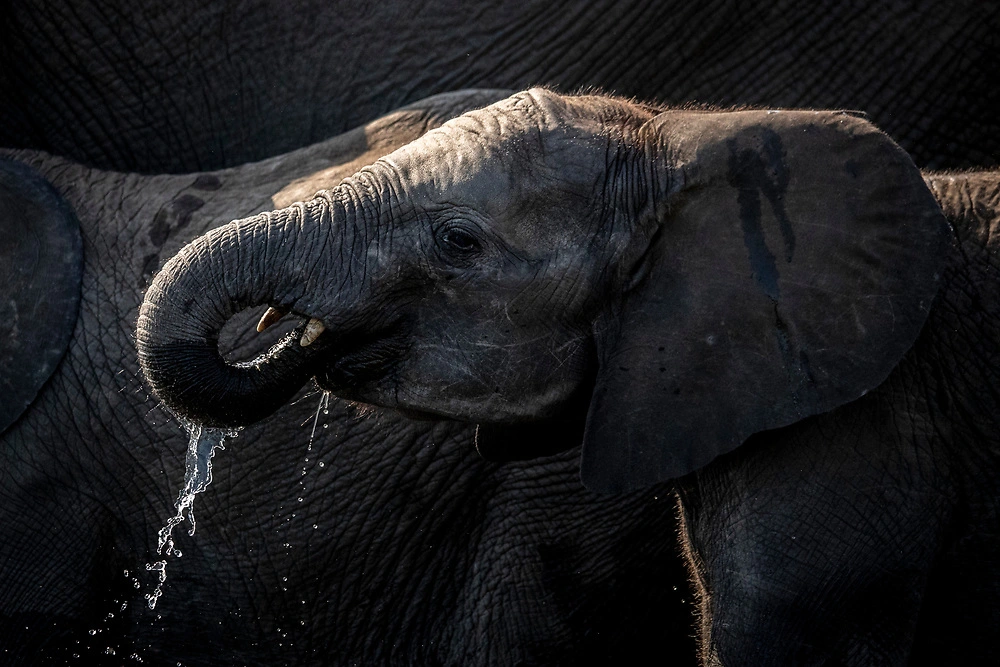
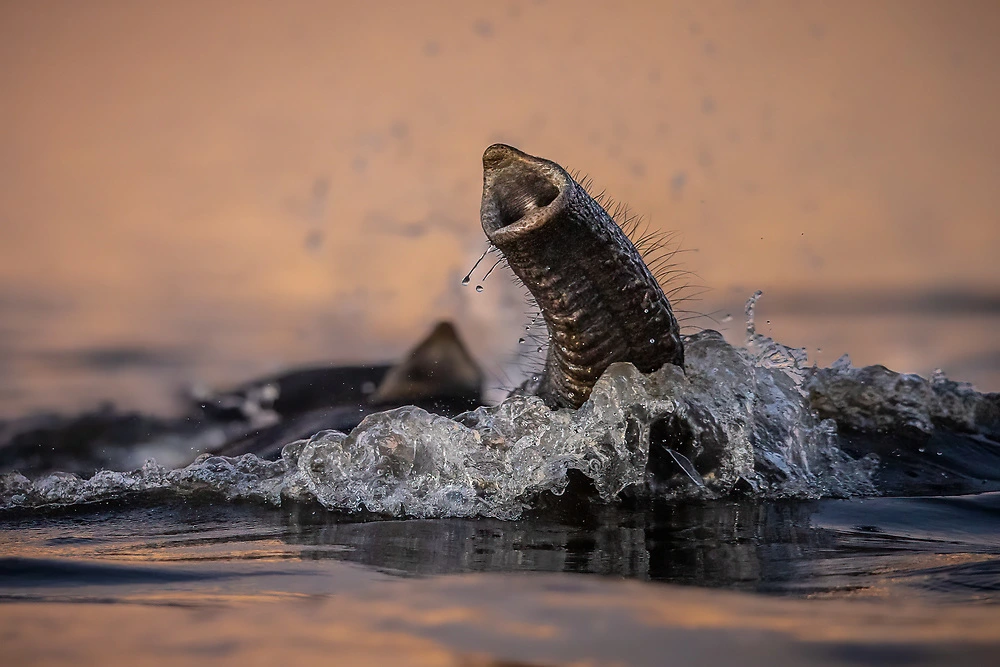
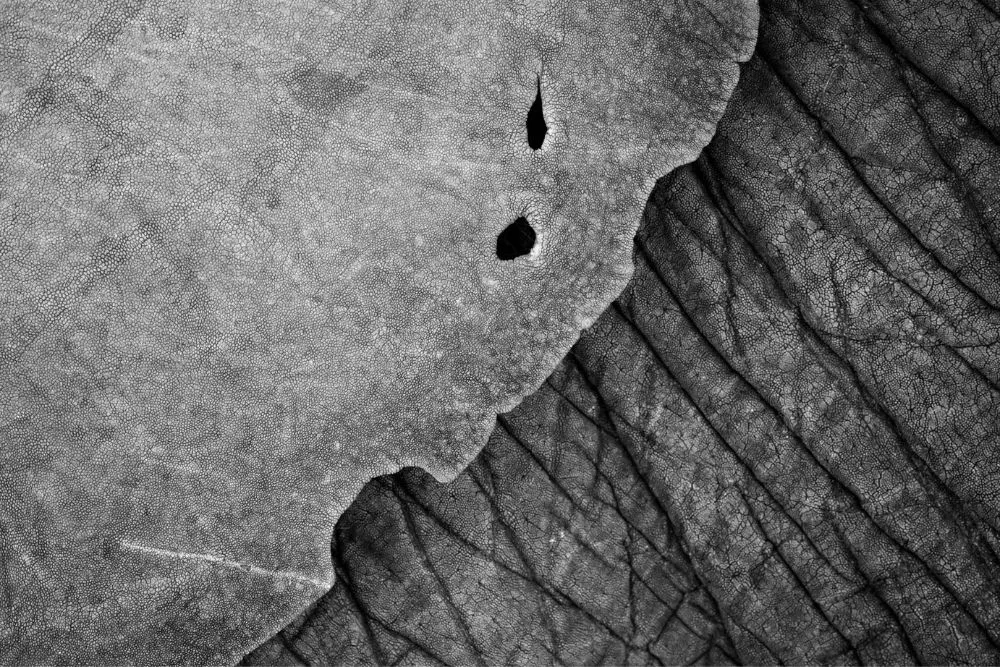
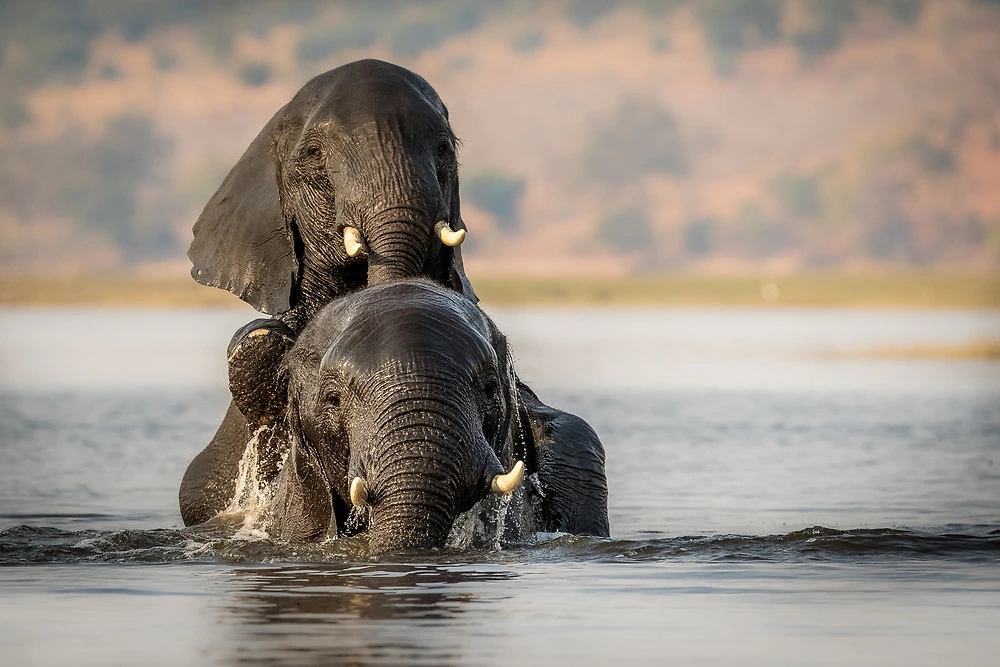
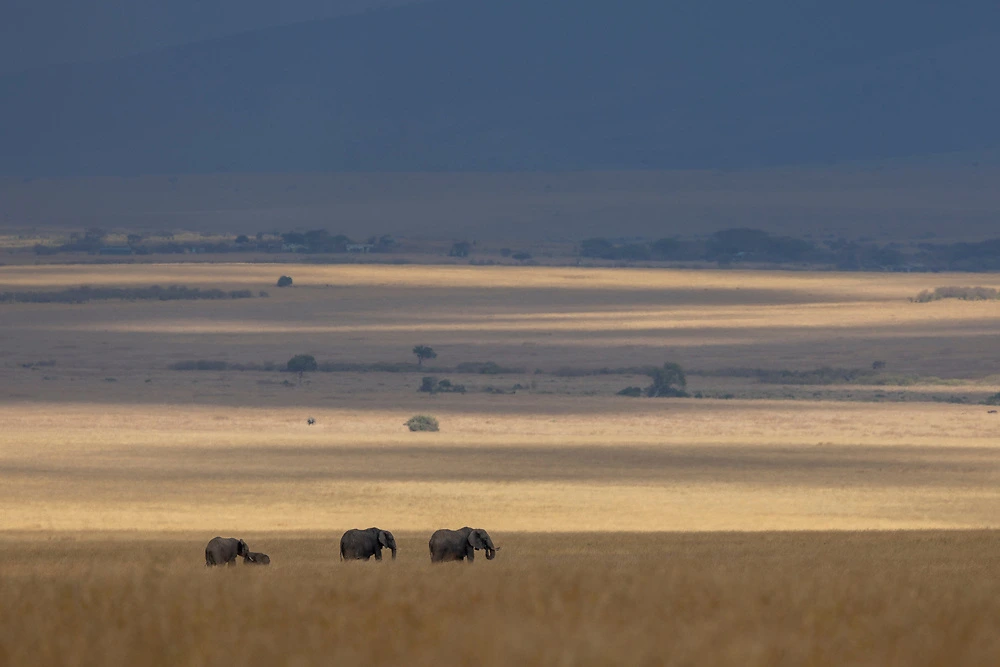
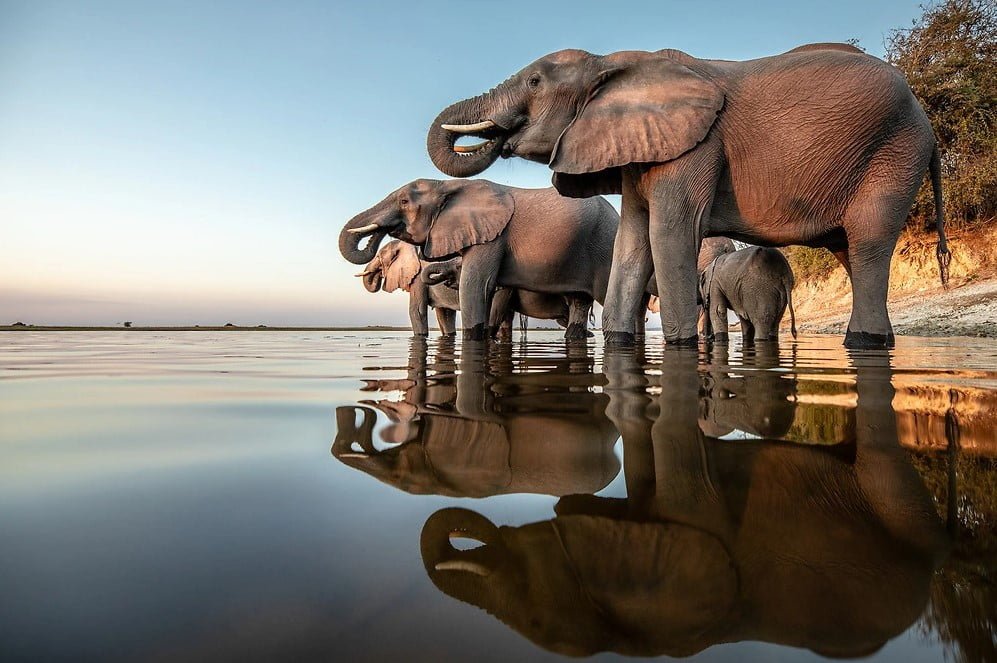
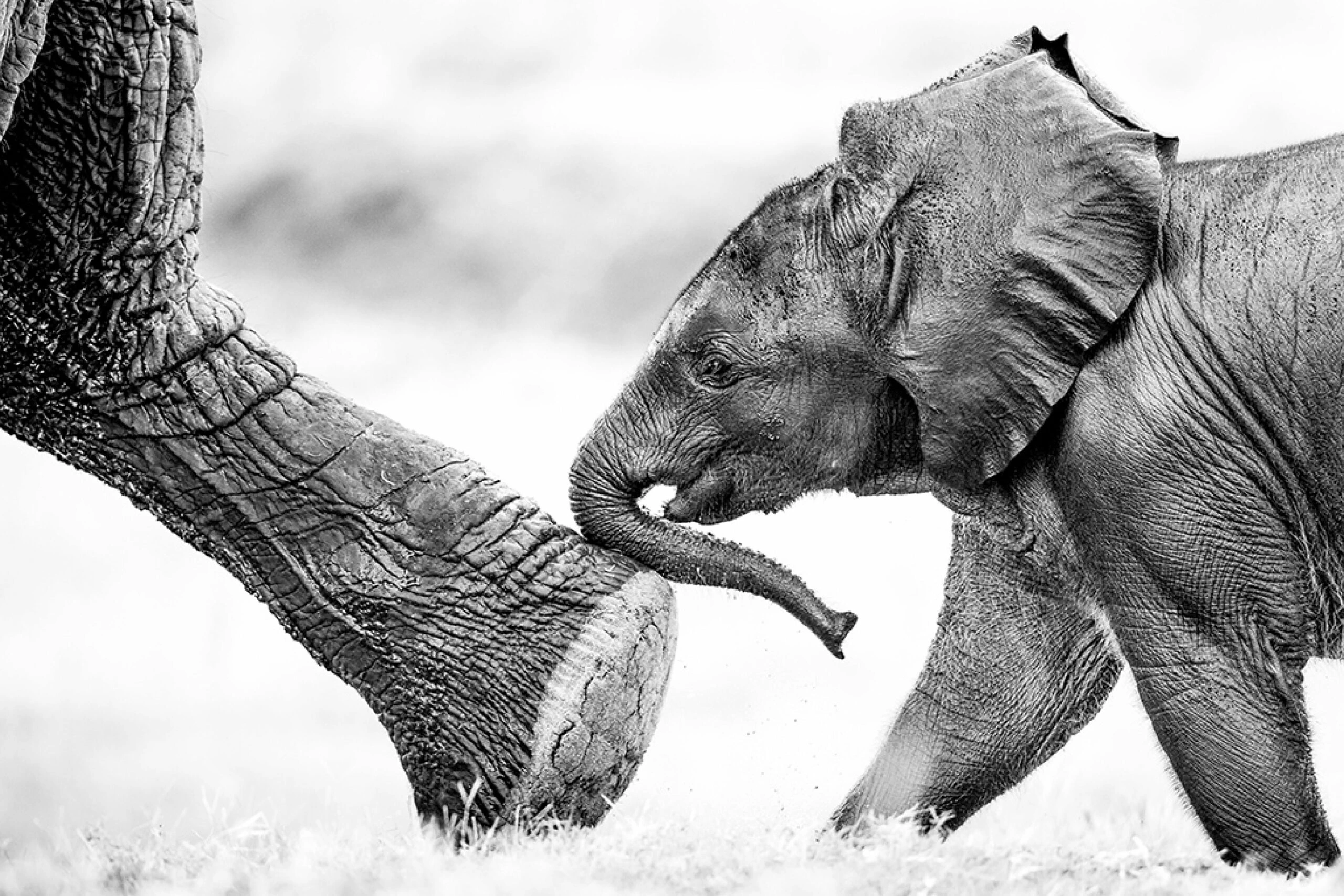
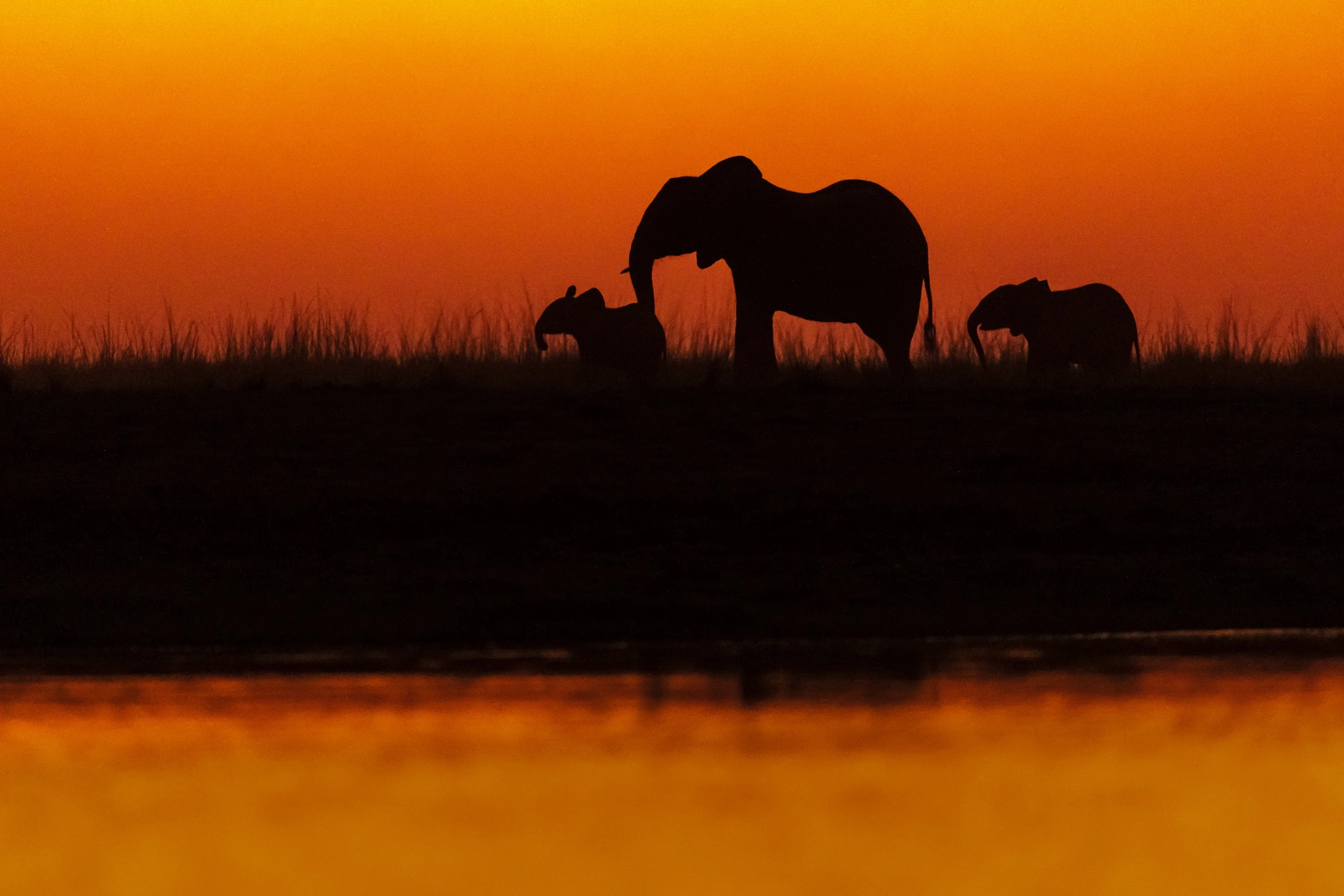
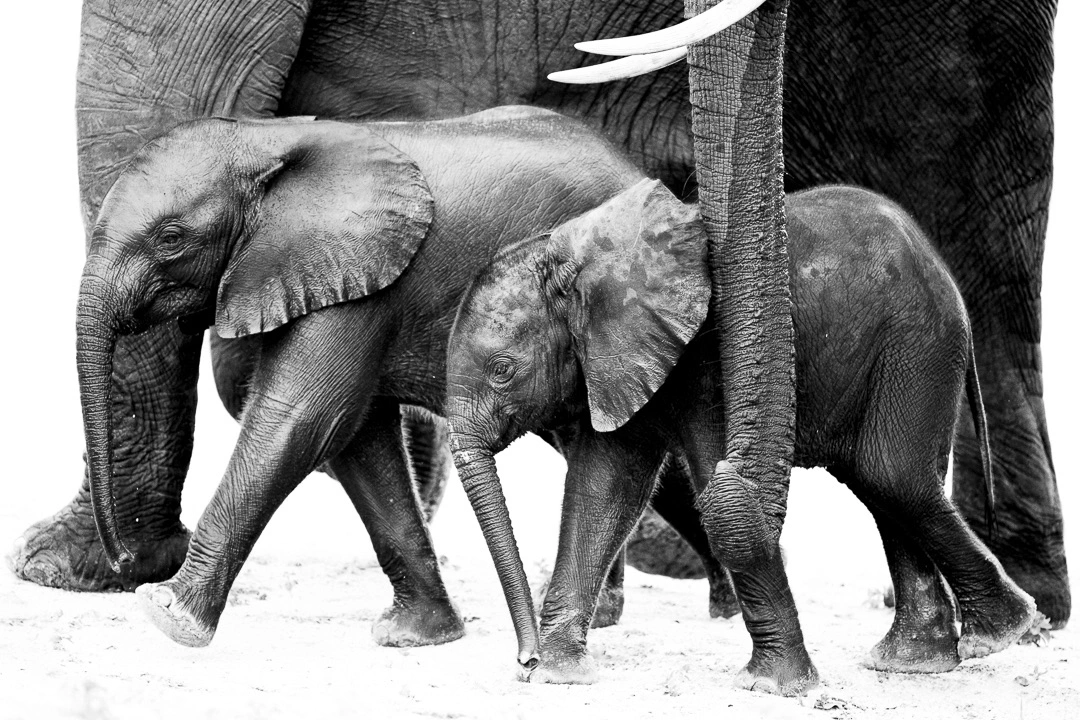
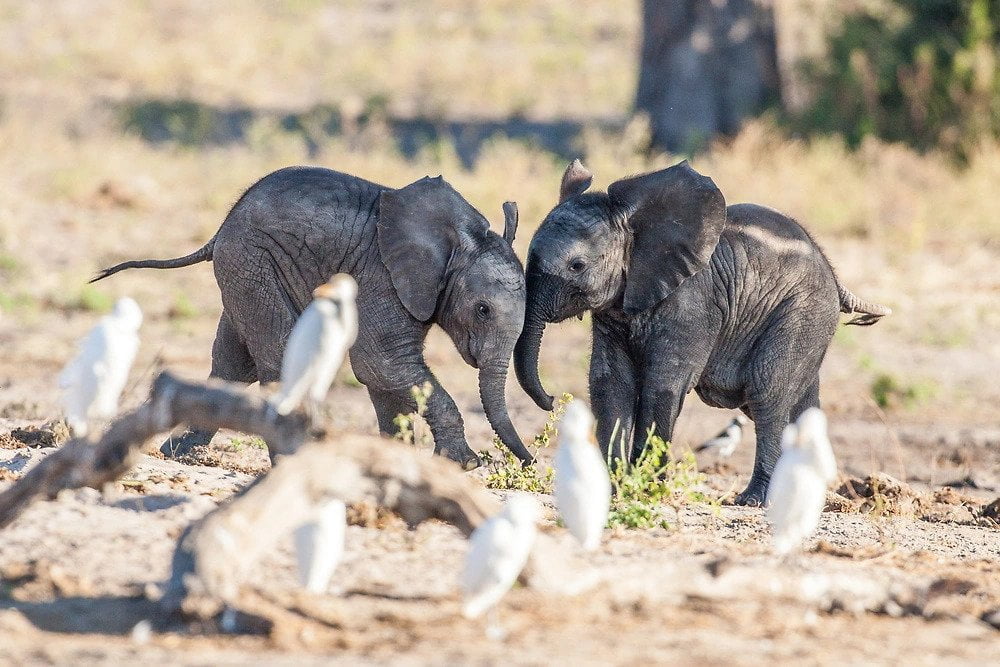
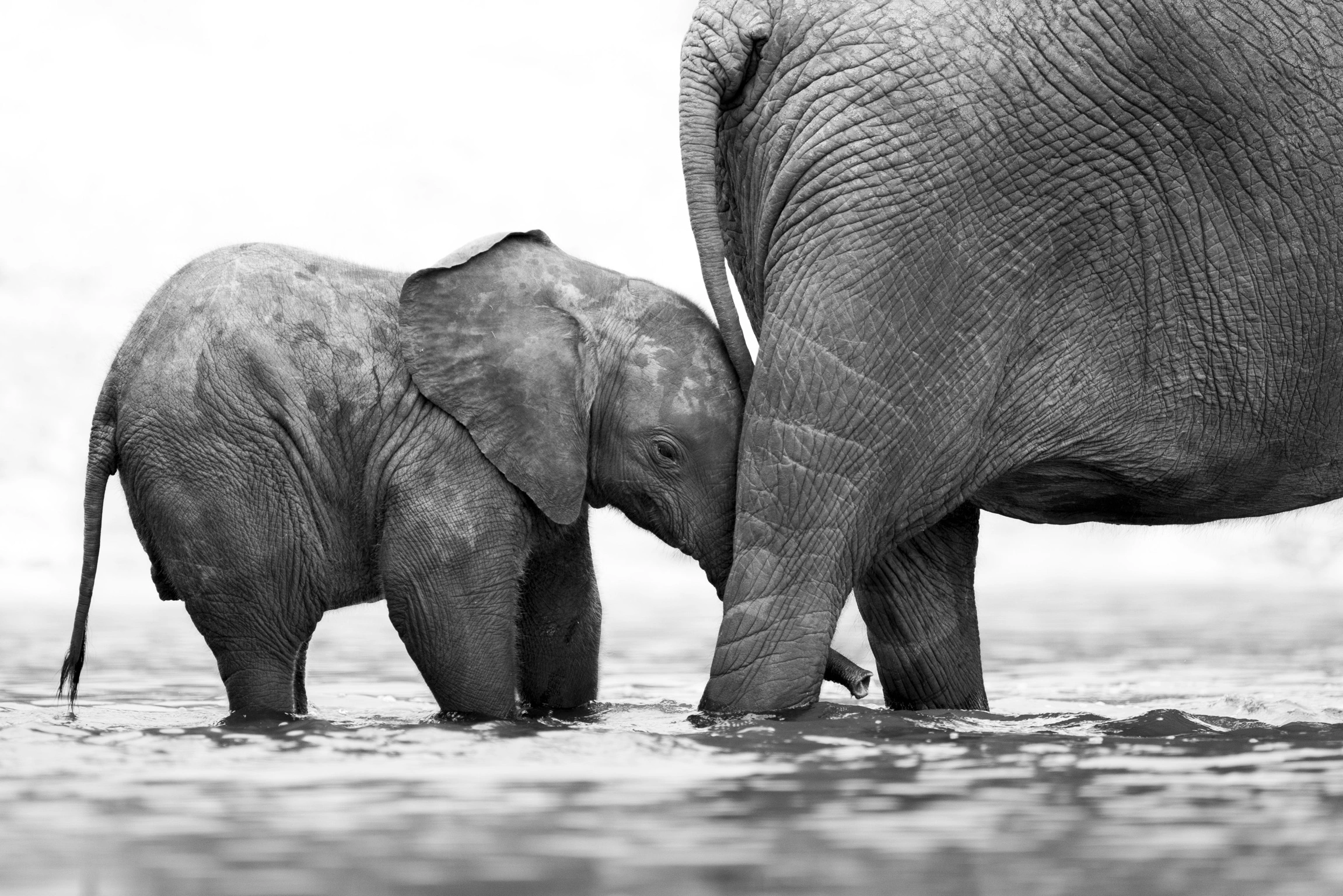
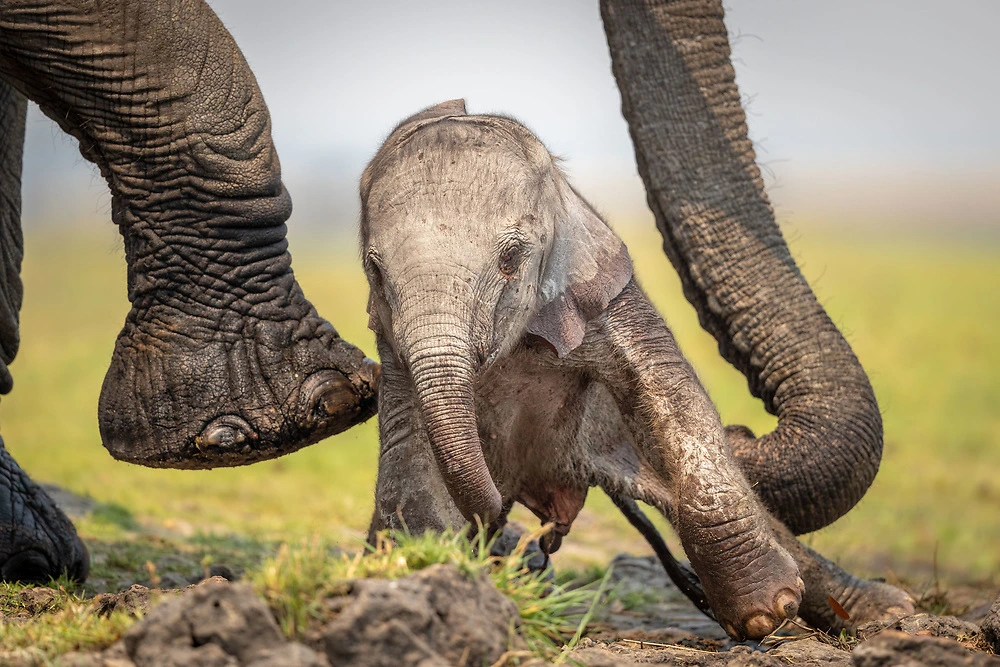
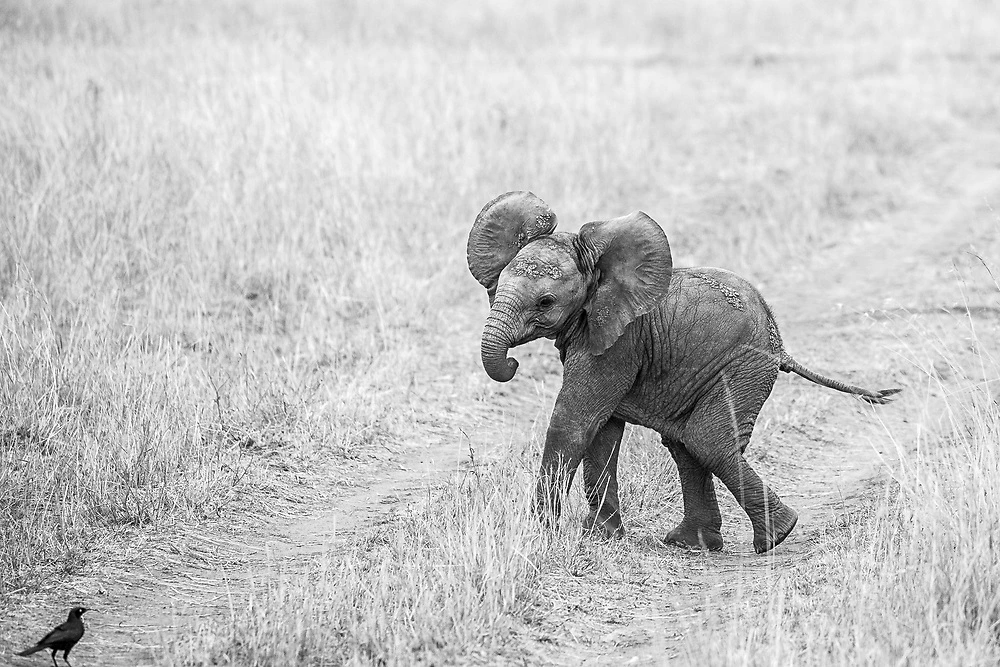
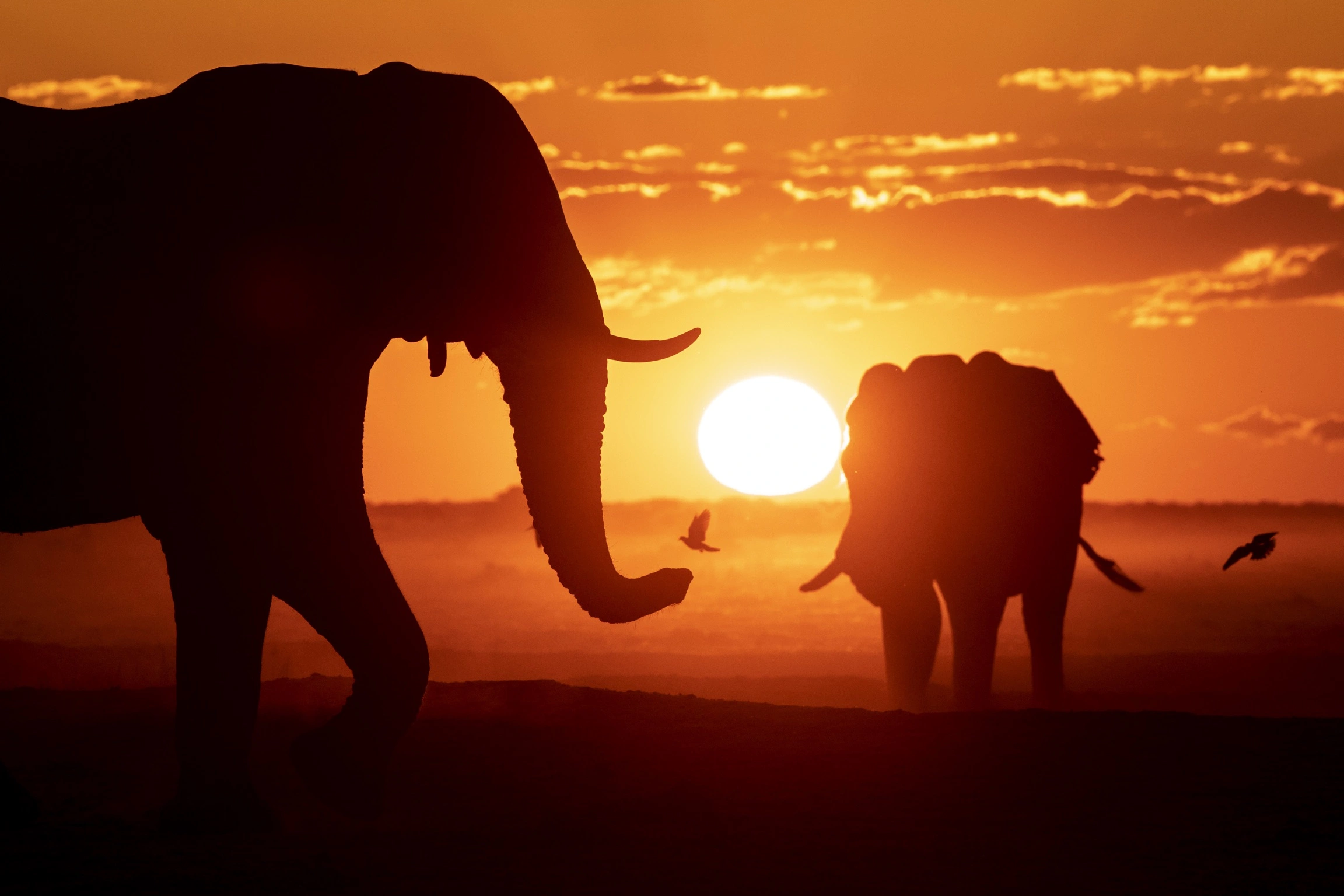
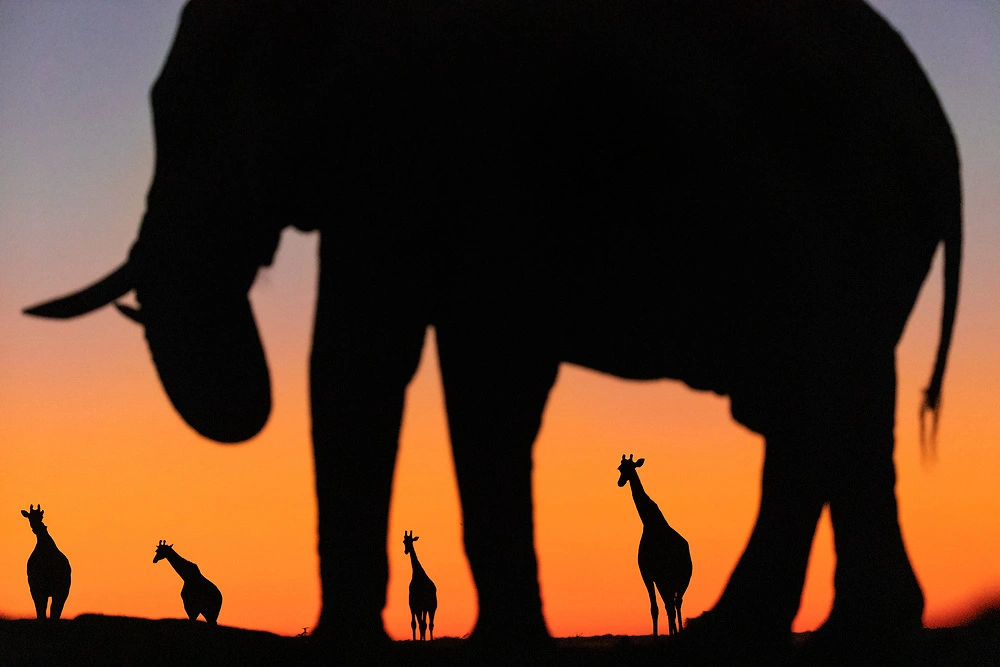
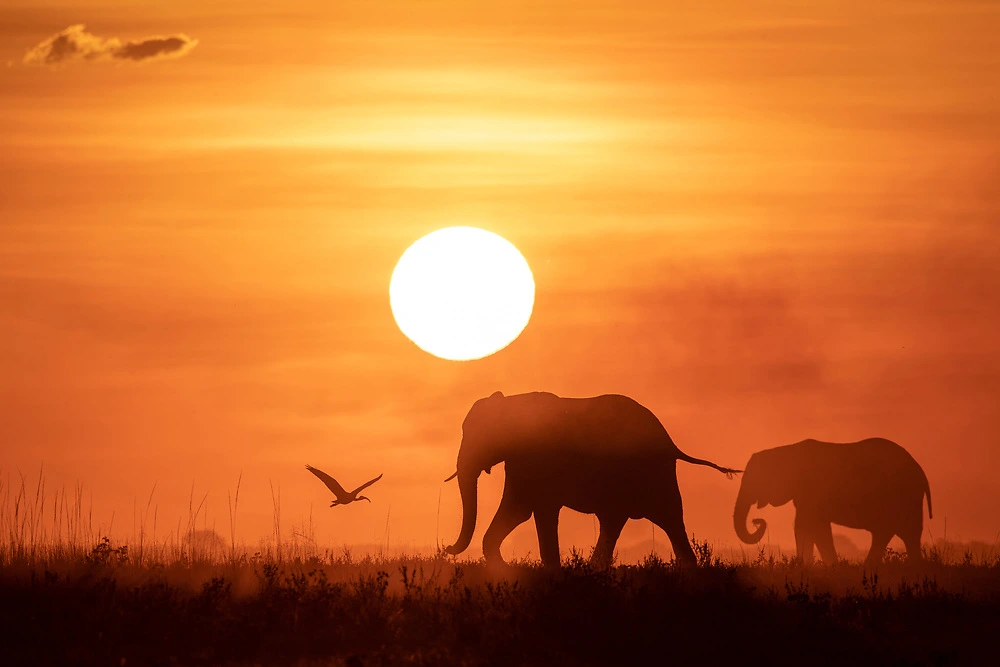
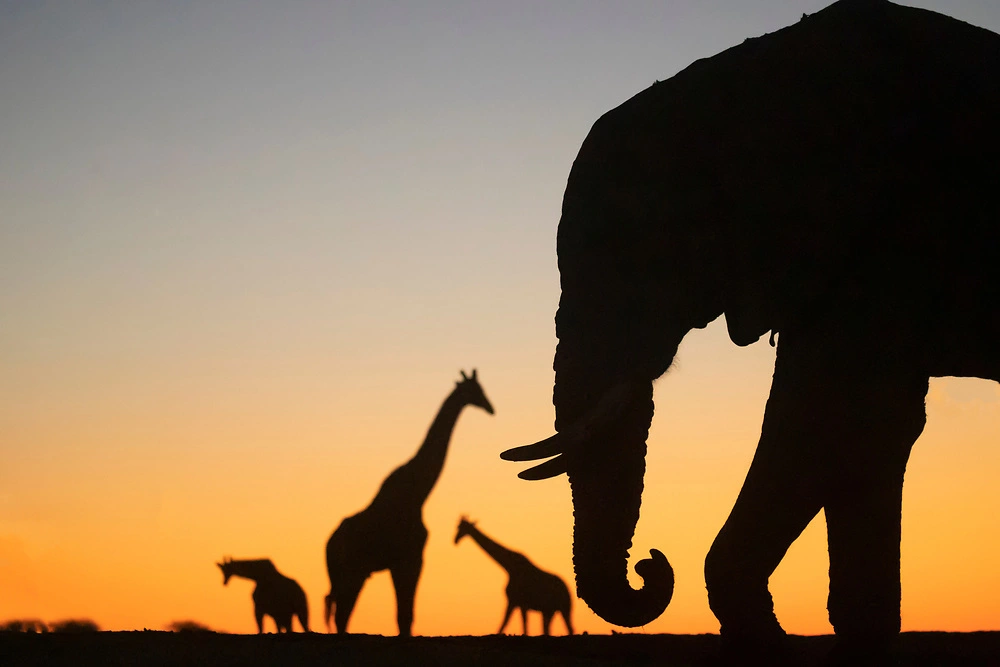
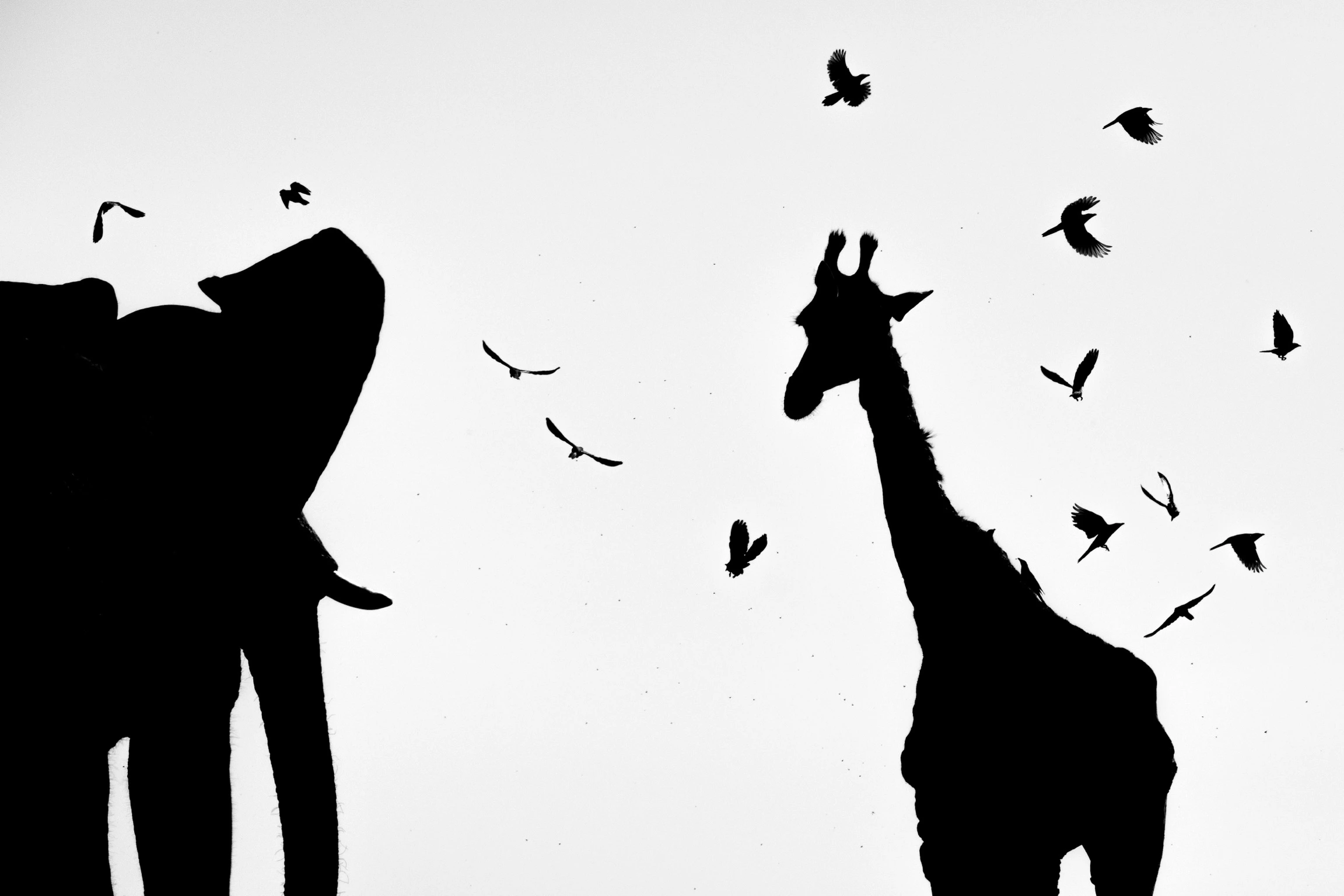
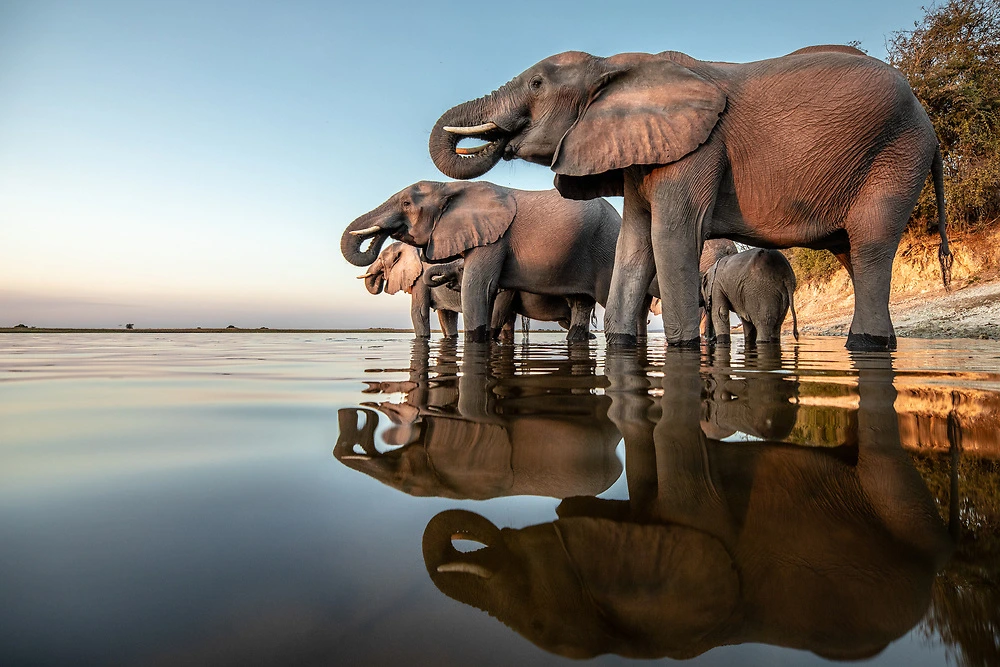
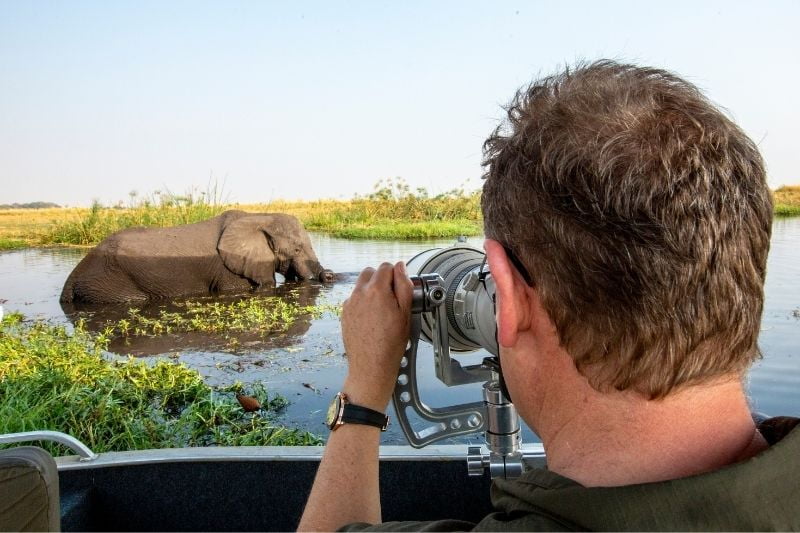
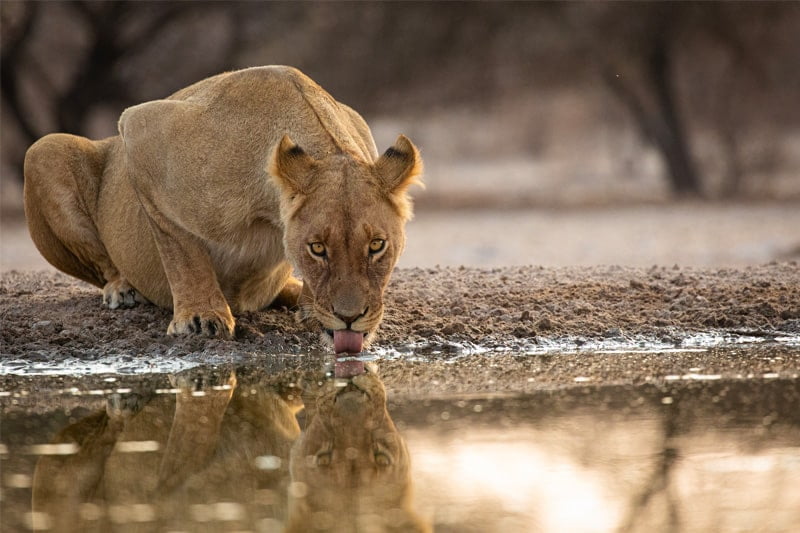

Leave A Comment
You must be logged in to post a comment.